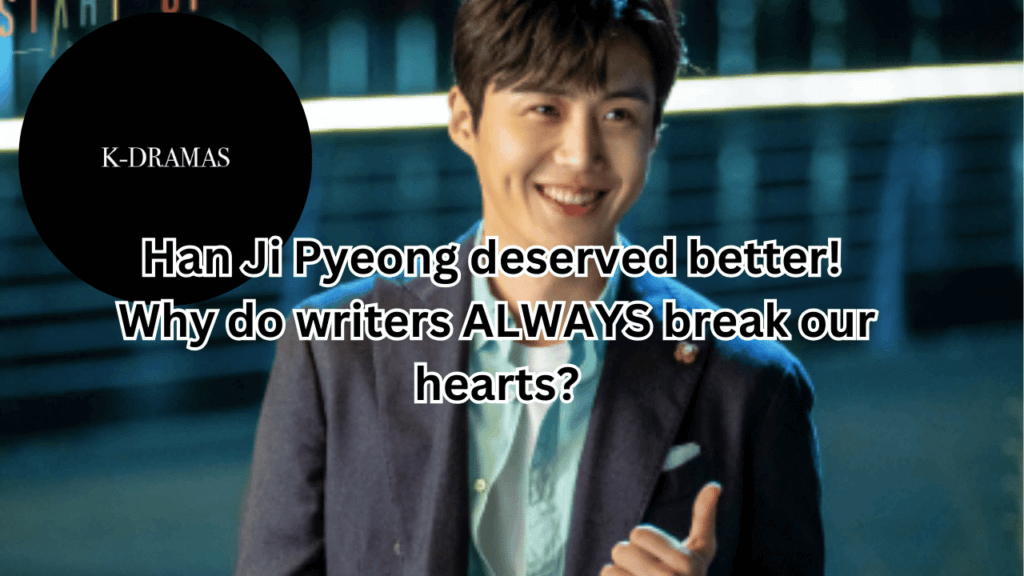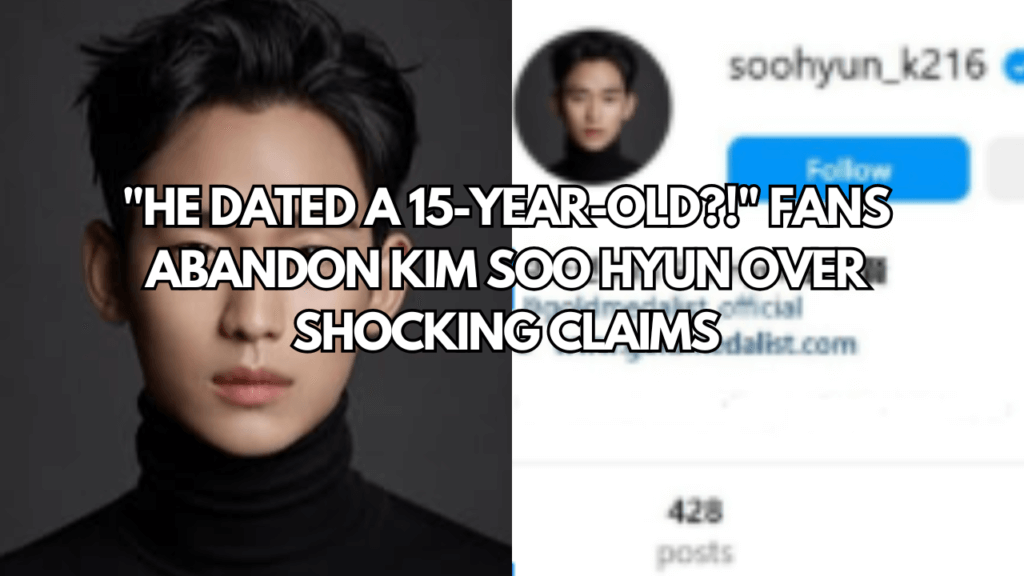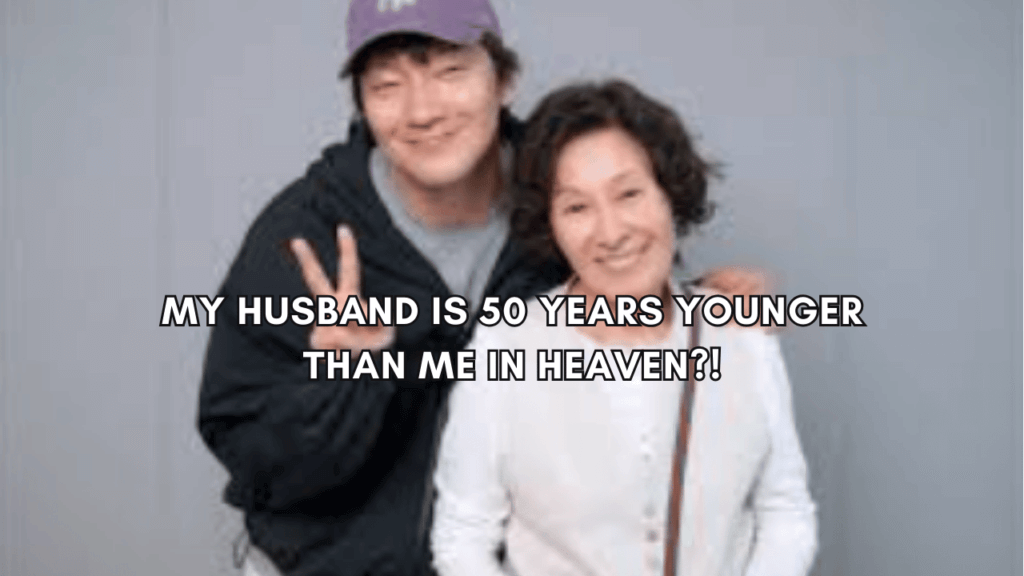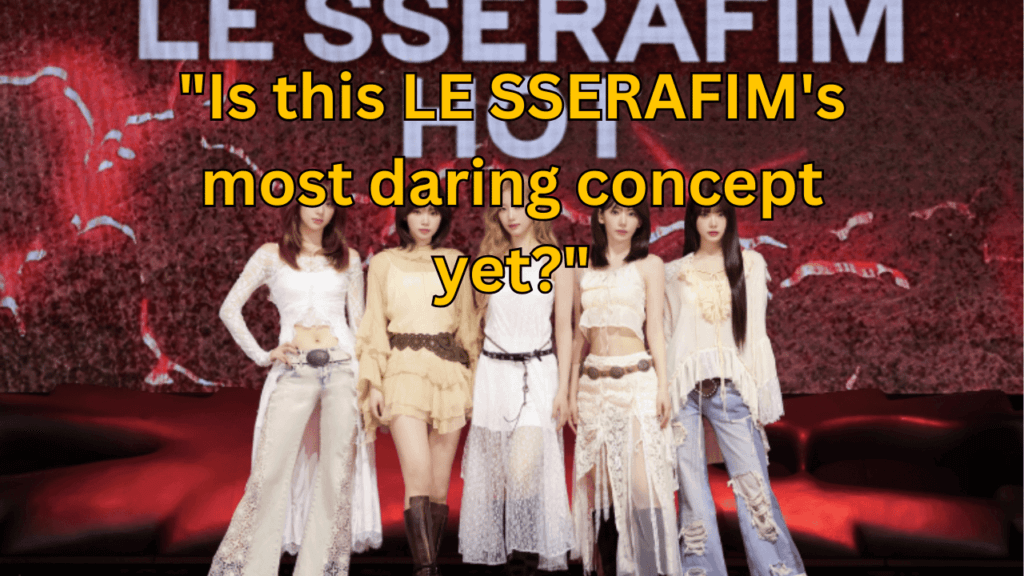K-drama Second Lead Syndrome: The Heartbreak We Can’t Escape
Have you ever found yourself emotionally invested in a K-drama character who’s clearly not destined to win? That overwhelming attachment to the second lead who never gets the happy ending is what we call the k-drama second lead syndrome. This bittersweet phenomenon has become a cornerstone of the K-drama watching experience, leaving viewers emotionally wrecked worldwide. The k-drama second lead syndrome isn’t just a passing feeling – it’s a cultural phenomenon that unites fans across continents.
Why K-drama Second Lead Syndrome Hits Us So Hard
The k-drama second lead syndrome strikes hardest when we encounter characters who deserve love but never receive it. “True Beauty” gave us Han Seo Jun, the motorcycle-riding bad boy with a heart of gold who protected Lim Joo Kyung but ultimately watched her choose someone else. His unwavering support and quiet sacrifice embodied everything we adore about second leads.
Then there’s Han Ji Pyeong from “Start-Up,” perhaps the most notorious case of second lead syndrome in recent years. This self-made investor captivated audiences with his intelligence, success, and hidden warmth beneath his prickly exterior. Han Ji Pyeong’s backstory as an orphan who overcame tremendous odds made viewers root for him passionately. His genuine care for Dal Mi sparked internet campaigns begging writers to change the predetermined ending.
“Reply 1988” delivered perhaps the cruelest blow when Kim Jung Hwan’s years of silent love for Deok Sun ended in heartbreak. His famous “if only” monologue resonated deeply with anyone who’s ever missed their chance at love, making the k-drama second lead syndrome particularly acute for viewers.
The Psychology Behind Our Second Lead Attachment
What makes the k-drama second lead syndrome so universal? The answer lies in human psychology and masterful character writing. Second leads often exhibit qualities we find deeply relatable. They show vulnerability, make mistakes, and express emotions that feel authentic and human. Their struggles mirror our own experiences with unrequited love or missed opportunities.
K-drama writers craft second leads who embody ideal partner traits – loyalty, protectiveness, emotional intelligence, and unwavering support. These characters prioritize the lead’s happiness above their own, creating a selfless love that we can’t help but admire. When Han Ji Pyeong in “Start-Up” supports Dal Mi from the shadows, we see a person whose love transcends personal gratification.
The underdog factor plays a significant role in k-drama second lead syndrome as well. Humans naturally gravitate toward supporting those facing adversity. When we see second leads struggling against impossible odds, our protective instincts activate. We become emotionally invested in their journey, hoping against hope that this time, maybe the underdog will win.
Second leads often have more complex character development than main leads. Their emotional journey involves personal growth, overcoming past trauma, and learning to express feelings. This depth creates stronger viewer attachment than sometimes flatter main characters experience.
See Also: FNC Entertainment’s rookie band AxMxP stuns in W Korea debut pictorial
K-drama Second Lead Syndrome Creates Community
The shared experience of k-drama second lead syndrome has created vibrant online communities where fans unite in their collective heartbreak. After episodes air, social media platforms explode with hashtags supporting second leads. During “Start-Up,” #TeamHanJiPyeong trended globally as viewers advocated for their beloved character.
These communities provide emotional support for the unique disappointment that comes with investing in a character destined for heartbreak. Fans create alternative endings, write fanfiction, and share memes that explore what could have been. This shared experience strengthens the k-drama community, creating bonds between viewers who understand the specific pain of second lead syndrome.
K-drama production companies have noticed this phenomenon, occasionally creating spin-offs or special episodes focused on beloved second leads. Some writers have even begun subverting expectations, giving second leads their happy endings or creating triangles where the outcome feels genuinely uncertain.
Final Thoughts: Why K-drama Second Lead Syndrome Continues to Captivate
The k-drama second lead syndrome remains one of the most powerful emotional experiences in television viewing. These characters capture our hearts because they represent something profoundly human – the experience of loving deeply without guarantee of reciprocation. Their stories remind us that sometimes love means letting go and finding happiness in others’ joy.
From Han Seo Jun’s protective nature to Han Ji Pyeong’s quiet devotion to Kim Jung Hwan’s missed opportunities, these characters stay with us long after credits roll. They become part of our emotional landscape, teaching us about love, sacrifice, and resilience.
Have you experienced the k-drama second lead syndrome? Which character broke your heart the most? Share your second lead stories in the comments and let’s commiserate together.






